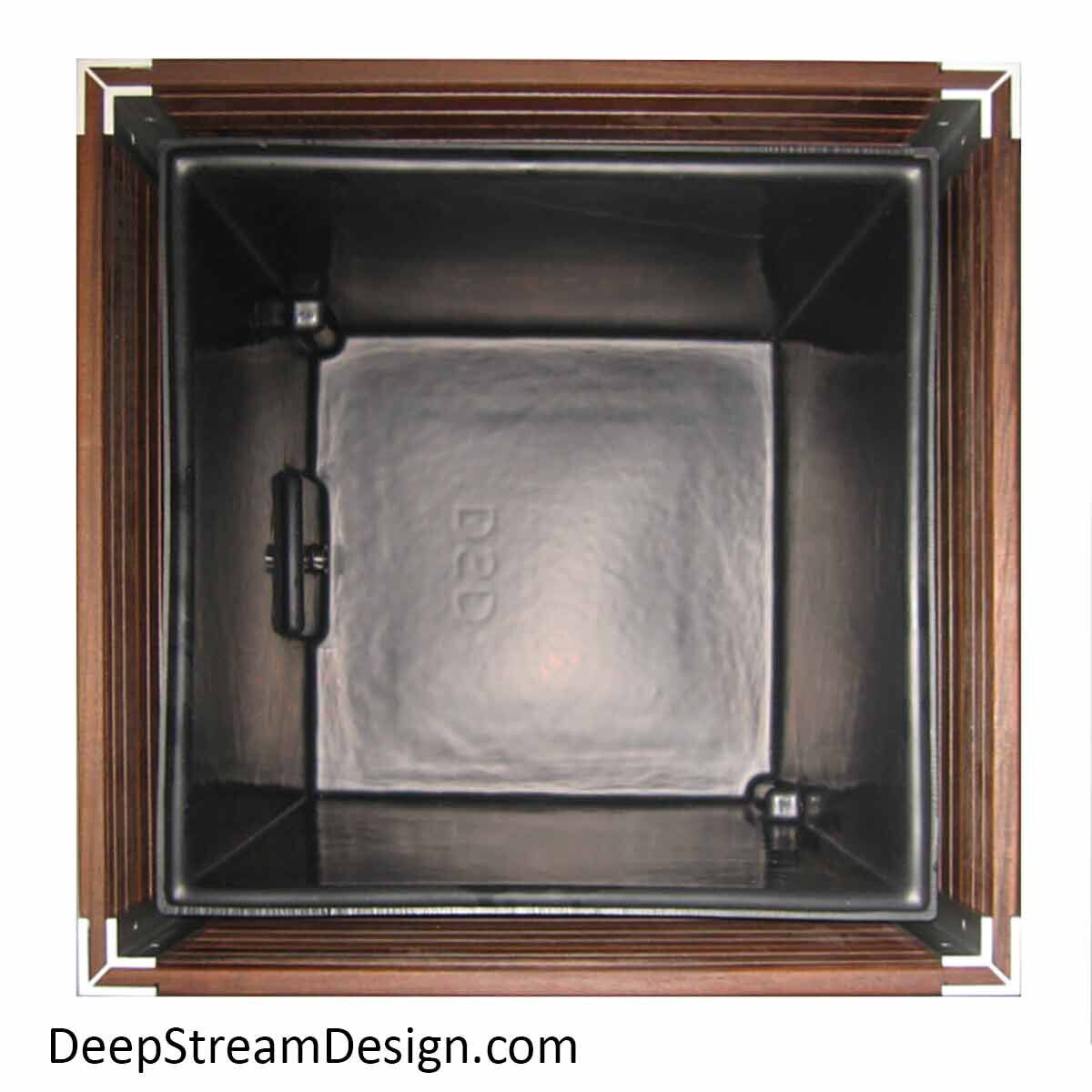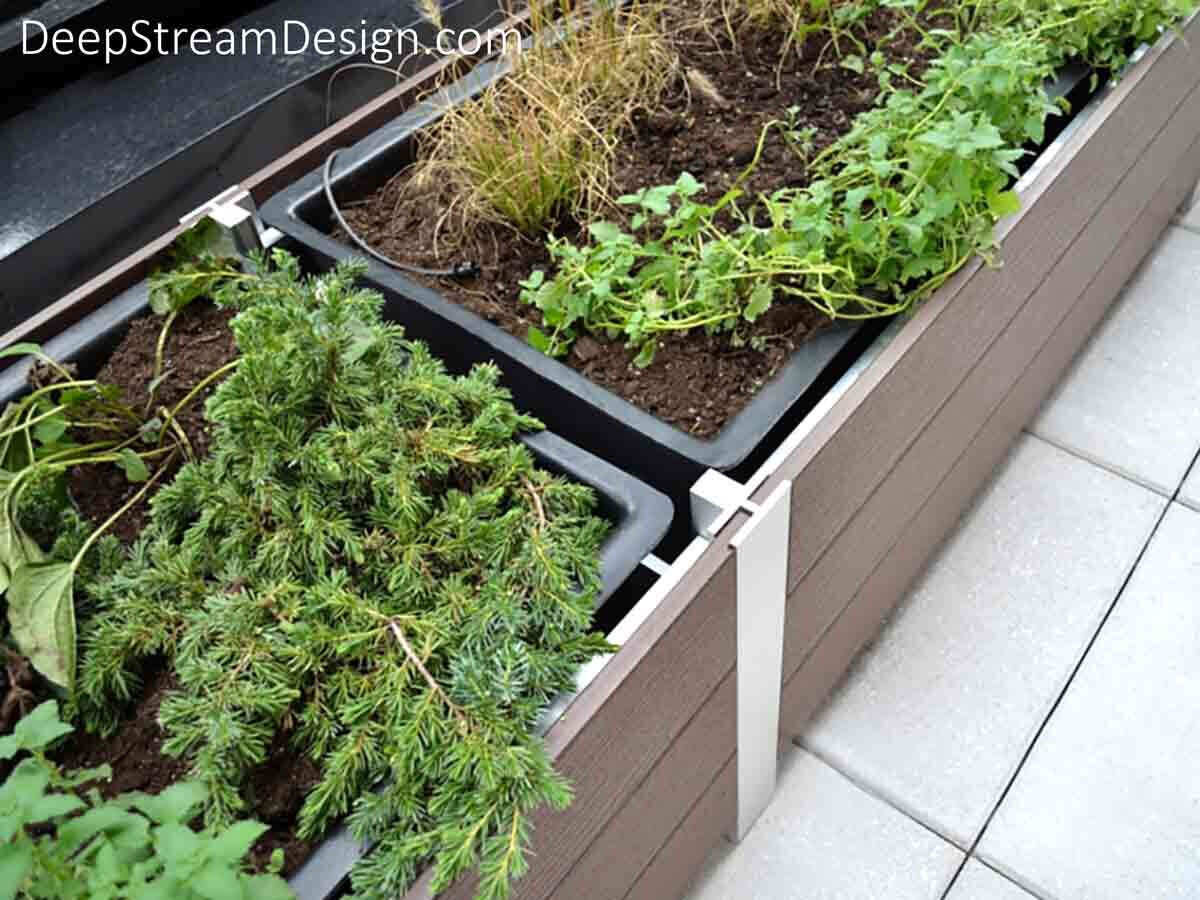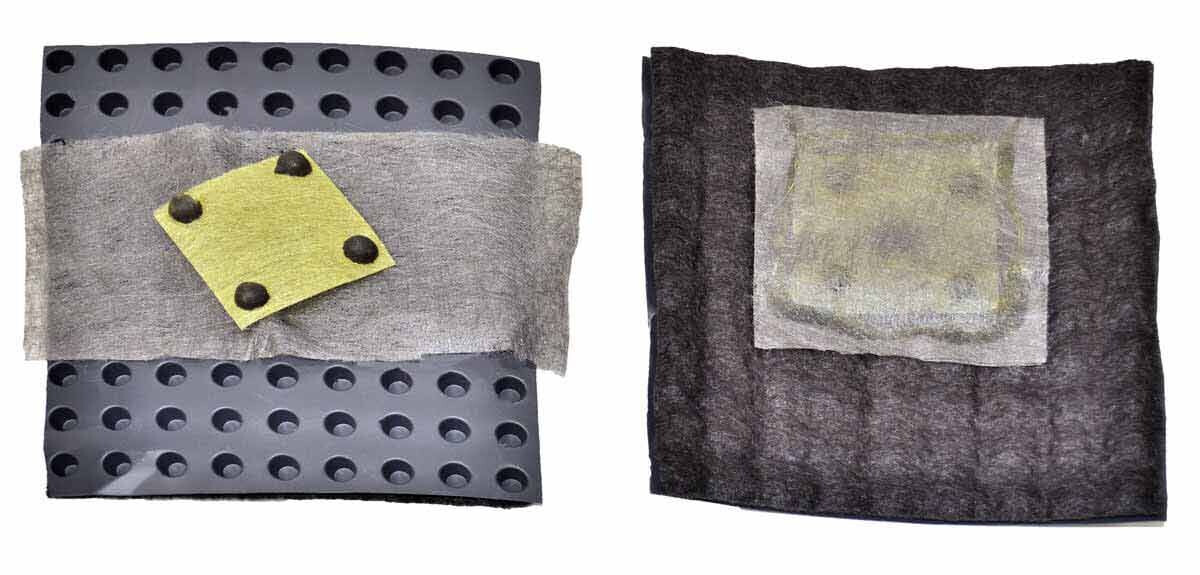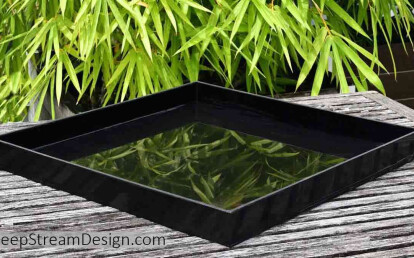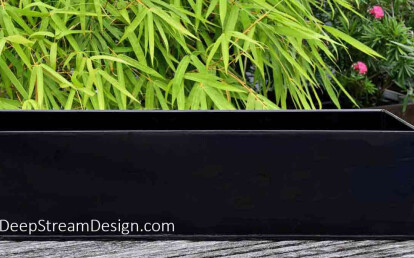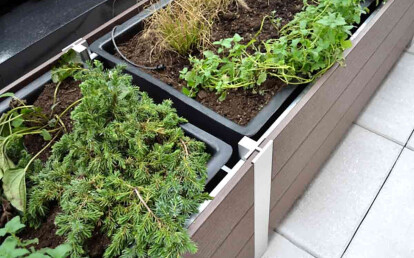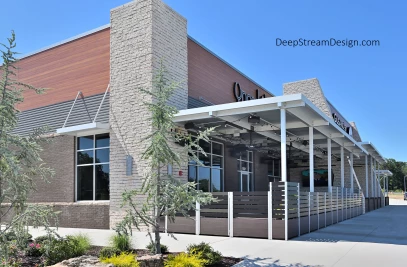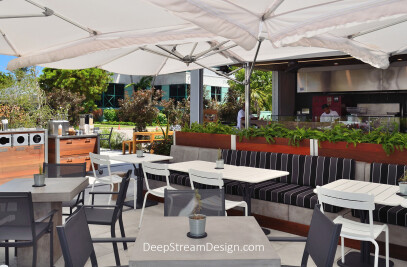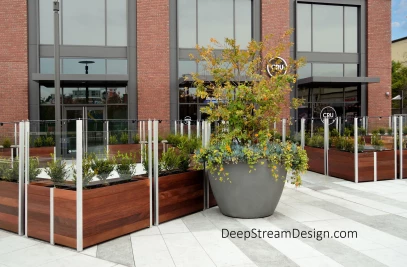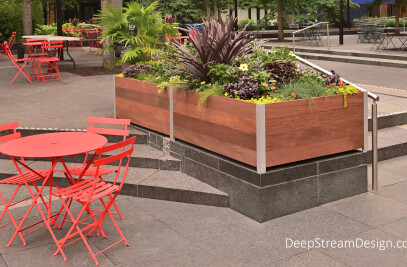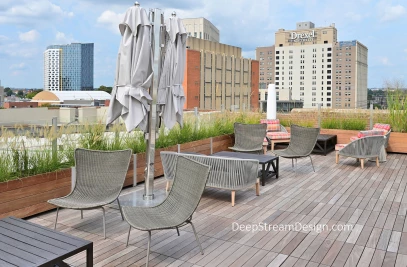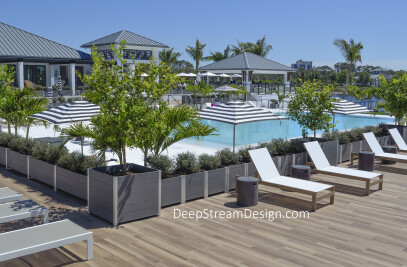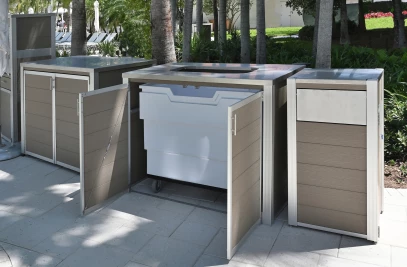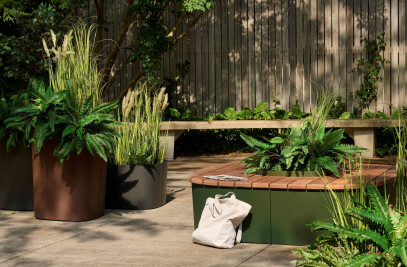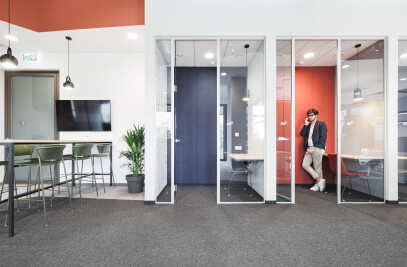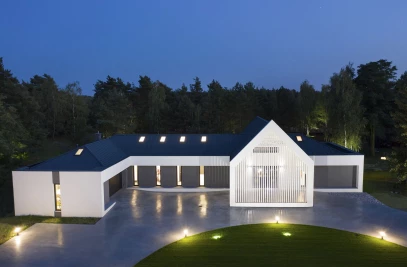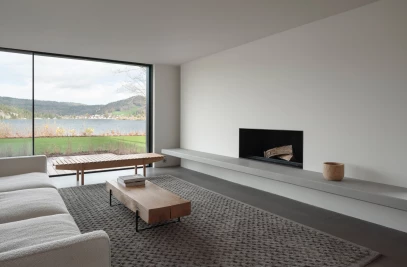When selecting your outdoor planters, keep in mind that drainage is critical to the health of your plants grown in containers as watering, and it is very difficult to remedy after the fact. DeepStream’s cost effective Commercial Stock Planter Liners and Custom Welded Garden Planter Liners use food safe plastic and are designed with advanced drainage options making them perfect for landscaping or container gardening.
The engineering of DeepStream's planters, from large roof deck planter systems to individual cafe and restaurant planters, all use a planter liner resting on a hidden aluminum frame. The rugged UV resistant waterproof liners keep the soil in place and prevent both wood and root rot by ensuring proper drainage.

The liner-inside-a-box design also prevents solar gain found with single layer planters. Fiberglass, plastic, and metal planters overheat and steaming your plants root ball. With advanced drainage systems found in DeepStream planters you provide the ideal growing conditions for your plants, reducing water use, drainage problems while hiding water and labor-saving drip irrigations systems.
You can extend the life of existing or new garden planters by using plastic planter liners. Liners contain the planting medium, keeping the soil away from the exterior shell of the planter box, and controlling drainage. This is especially important for wooden planters.

Buildings often have concrete planters, cast-in-place, which often crack in just a few years due to settling and now leak. This causes expensive structural problems by rusting the rebars and splitting the concrete in a process called spalling. In some instances they can benefit from a retrofitted molded or custom-welded plastic liner with flanges over the top of the existing planter side walls.

Cost Savings Note: If you’re building or buying planters that require liners keep in mind that our proprietary rotomolded planter liners, available in 16 common sizes, are the least expensive option. Our custom welded liners require a bit more material and a lot more labor and are therefore more expensive, although are still much less expensive, more durable, and more waterproof than fiberglass liners.


